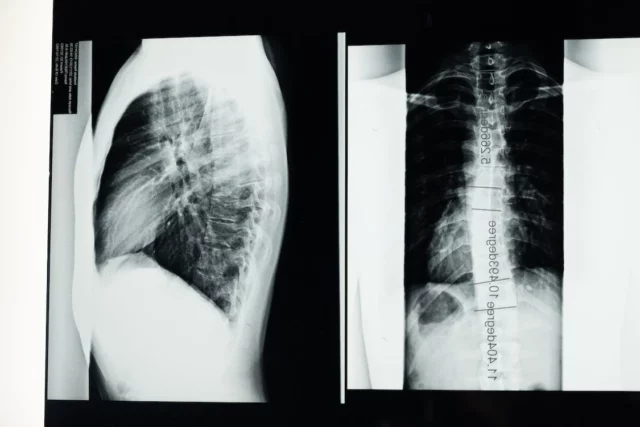 Should school buses have seat belts for children? The debate has been a lively one, perhaps sparked most recently by the devastating bus accident in Chattanooga, Tennessee. In late November 2016, bus driver Johnthony Walker was driving 37 children home from school when he sped around a corner. As he did, he hit a utility pole and flipped the bus into a tree. The incident killed six elementary school students and hospitalized 12 others.
Should school buses have seat belts for children? The debate has been a lively one, perhaps sparked most recently by the devastating bus accident in Chattanooga, Tennessee. In late November 2016, bus driver Johnthony Walker was driving 37 children home from school when he sped around a corner. As he did, he hit a utility pole and flipped the bus into a tree. The incident killed six elementary school students and hospitalized 12 others.
At the time of the incident, according to the NTSB, Walker had deviated from his designated route. He was not under the influence of drugs or alcohol. Several reports prior to the incident showed students and administrators expressing concerns about his driving. He was charged with six counts of vehicular homicide.
In September, the Texas legislature mandated that all school buses model 2018 or later in the state have three-point shoulder-to-lap seat belts. Districts that cannot afford seat belts on buses are able to opt out through a public vote.
The Debate Lives On
Critics of the bill claimed that school bus seat belts are not only costly, but unnecessary. Due to padded seat backs and compartmentalized seats, they argued, seat belts would not provide enough extra protection to be worth the cost, which could be a huge barrier for some districts that cannot afford them.
The National Highway Traffic Safety Administration says that school buses are already one of the safest modes of transportation. But, in 2015, the organization also recommended three-point seat belts for additional protection.
Still, some believe seat belts may do more harm than good. School buses are already taller than other vehicles on the road, meaning a typical accident with another vehicle would put students above crash zones. In certain situations, such as a fire or submersion in water, it could be difficult to remove children from their restraints, potentially causing more deaths.
How do you feel about the new law?







